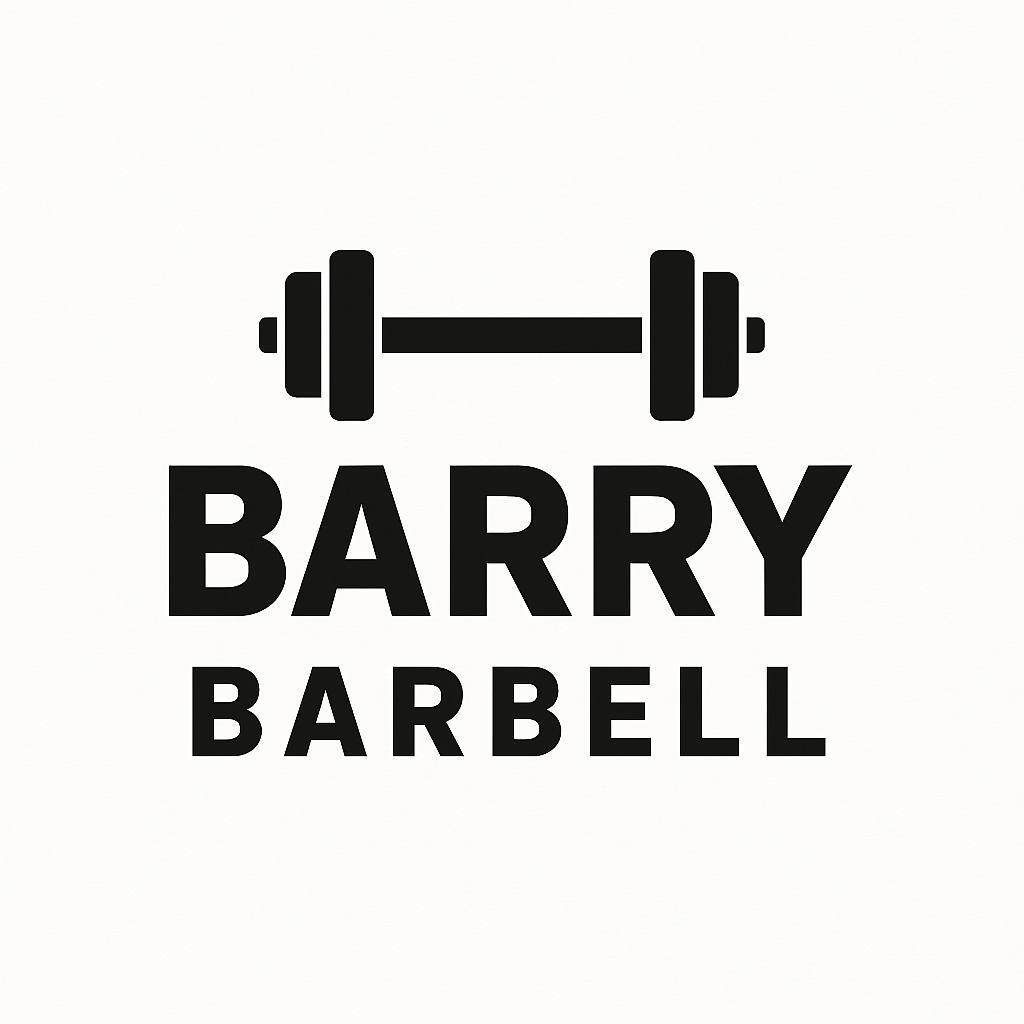As a runner, you may be focused on clocking miles and improving your pace. However, to enhance your performance and reduce the risk of injury, adding resistance training for runners into your routine can be a game-changer. This article will explore the numerous benefits of resistance training, providing actionable tips to help you integrate strength exercises into your running regimen.
What is Resistance Training?
Before delving into the benefits, let’s clarify what resistance training is. It involves exercises that cause your muscles to work against an external resistance—this can include free weights, resistance bands, or even body weight. The aim is to increase muscle strength, endurance, and overall functionality.
The Benefits of Resistance Training for Runners
1. Injury Prevention
One of the most significant advantages of incorporating **resistance training for runners** is the reduction of injury risk. Many running injuries stem from muscle imbalances and weaknesses.
- Muscle balance: Strength training targets underdeveloped muscles, ensuring they are strong enough to support your running.
- Joint stability: Strong muscles around joints enhance stability, helping to prevent common injuries like IT band syndrome, shin splints, and runner’s knee.
2. Improved Strength and Power
Resistance training builds muscle strength, allowing runners to generate more power with each stride.
- Speed enhancement: Increased muscle strength means improved acceleration and velocity, allowing for faster times.
- Hill performance: Strengthened muscles not only ease running uphill but also help you maintain better form when descending.
3. Enhanced Endurance
While endurance is primarily developed through running, strength training can complement it significantly.
- Muscular endurance: Resistance training increases the stamina of your muscle fibers, allowing you to maintain your pace over longer distances.
- Delay fatigue: Stronger muscles are less likely to tire out quickly, enabling you to push through tough runs.
4. Better Running Form
Stronger core and leg muscles improve posture and technique while running.
- Core stability: A strong core supports your pelvis and spine, reducing energy wastage and improving overall efficiency.
- Reduced forward lean: Proper strength can help you maintain a more upright position, leading to better biomechanics.
How to Incorporate Resistance Training into Your Routine
Now that we understand the benefits of resistance training for runners, let’s look at how to implement it effectively.
Frequency and Timing
- Start slow: Aim for two to three days a week, mixing in resistance training with your running schedule.
- Timing: It can be beneficial to run before strength training on the same day, as this mimics race conditions where fatigue may affect your performance.
Types of Resistance Training
1. Bodyweight Exercises
- Examples: Squats, lunges, push-ups, and plank variations.
- Benefit: They can be done anywhere and are excellent for beginners.
2. Free Weights
- Examples: Dumbbells, kettlebells, or barbells.
- Benefit: They offer a more challenging resistance and are great for targeting specific muscle groups.
3. Resistance Bands
- Benefits: Portable and versatile, allowing for various exercises targeting different muscle groups.
4. Gym Machines
- Examples: Leg press, chest press, and lat pulldown.
- Benefit: They provide stability and are useful for isolating muscles.
Sample Strength Training Routine for Runners
Here’s a simple strength training routine that you can follow:
Exercise | Reps | Sets |
——————|——–|——-|
Bodyweight Squats| 10-15 | 2-3 |
Lunges | 10-12 | 2-3 |
Plank | 30-60s | 2-3 |
Push-Ups | 8-12 | 2-3 |
Deadlifts (DBs) | 10-12 | 2-3 |
Glute Bridges | 12-15 | 2-3 |
Pull-Ups | 5-10 | 2-3 |
Best Practices for Resistance Training
To maximize the benefits and avoid injury, keep these tips in mind:
1. Focus on Form
Maintaining proper form is crucial to prevent injuries and maximize efficacy.
- Take your time: Before increasing weights, ensure you master the technique.
- Watch your body alignment: Ensure your knees don’t cave in on squats or lunges, and back is straight during lifts.
2. Gradually Increase Intensity
As you adapt, progressively increase the weight or resistance.
- Follow the 10% rule: Increase your weight or repetitions by no more than 10% each week.
- Listen to your body: If you feel excessive fatigue or pain, take a step back and allow for recovery.
3. Include Mobility Work
Incorporating flexibility work, such as yoga or stretching, can enhance your range of motion and overall performance.
- Dynamic warm-up: Before your runs, perform dynamic stretches to warm up your muscles.
- Cool down: Post-strength sessions, focus on static stretching to promote flexibility.
Conclusion: Use Resistance Training to Improve Running
In conclusion, adding resistance training for runners enhances performance, reduces injury risk, and leads to overall improvements in strength and endurance. By integrating strength exercises into your training regimen gradually and focusing on proper form, you’ll experience the myriad benefits that can take your running to the next level.
Embrace these actionable tips, and soon you’ll find yourself not just running faster but also feeling stronger and healthier, ready to conquer any challenge that comes your way!

